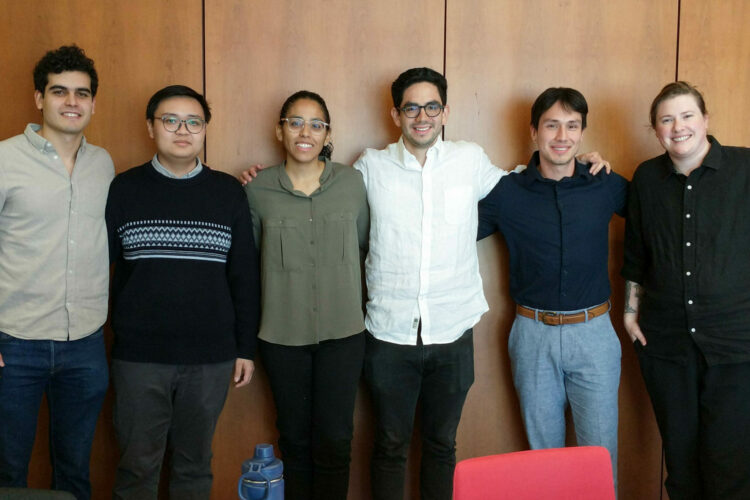Master’s in Applied Data Science Summer 2022 Capstone Winners
December 20, 2022
As the crowning achievement of the Master’s in Applied Data Science program, the Capstone Project unites students with industry partners to solve real-world analytics problems. At the Summer Showcase, projects spanned industries, data types, and methodological approaches—and two teams stood out for special commendation.
“The quality of the work was truly impressive and exceptional,” said Greg Green, Executive Director for the Master’s in Applied Data Science program. “We are looking forward to staying connected with the graduates and hearing about their next achievements.”
Learn more about the winning projects below.
Analysis of UChicago Patenting and Licensing Data
Linxi Wu, Jianling Hu, Nicholas Petr, Zhiruo (Amy) Zhang
Advisor: Roger Moore
With Roger Moore as their advisor, Wu, Hu, Petr, and Zhang analyzed the University of Chicago’s patenting and licensing data. The University receives royalties on the sales of branded products and reimbursements from licensed intellectual property. In analyzing how the patenting and licensing processes played out over several years, the team observed that the University spends roughly $3 million per year in external legal fees, a significant fraction of which is reimbursed.
“Our analysis revealed that, for the last five years, the University has received over $40M in cumulative licensing revenue,” the team wrote. “We were then able to track these funds as they were divided between the inventors, research support, and the Polsky Center.”
Clustering of Market Index Returns for Portfolio Benchmark Analysis
Robert Scott, Jiaqing Mao, Robert Volgman
Advisor: Jonathan Williams
Advised by Jonathan Williams, Mao, Scott, and Volgman analyzed Northern Trust’scurrent approach to receiving and benchmarking the price data they receive daily for thousands of market indices. Extremely time-consuming to review by hand, the bank currently benchmarks their clients’ portfolio returns against broad-market indices. The team’s goal was to improve on the portfolio benchmarking.
“We addressed the issue by creating a clustering model for indices,” the team wrote. “With the clusters we can then detect anomalies that negatively impact the benchmarking for client portfolios. We used the k-mean clustering method to separate the indices into 12 clusters, which we then combined with an ARIMA model to create portfolio forecasts.”

Nūtrad, from Transform Cohort 2, featured in The Chicago Maroon

Community Data Fellow Stephania Tello Zamudio helps broaden internet access for Illinois residents

Incoming UChicago Data Science and Computer Science Associate Professor raises additional $106 million in new funding round for company, Together AI

